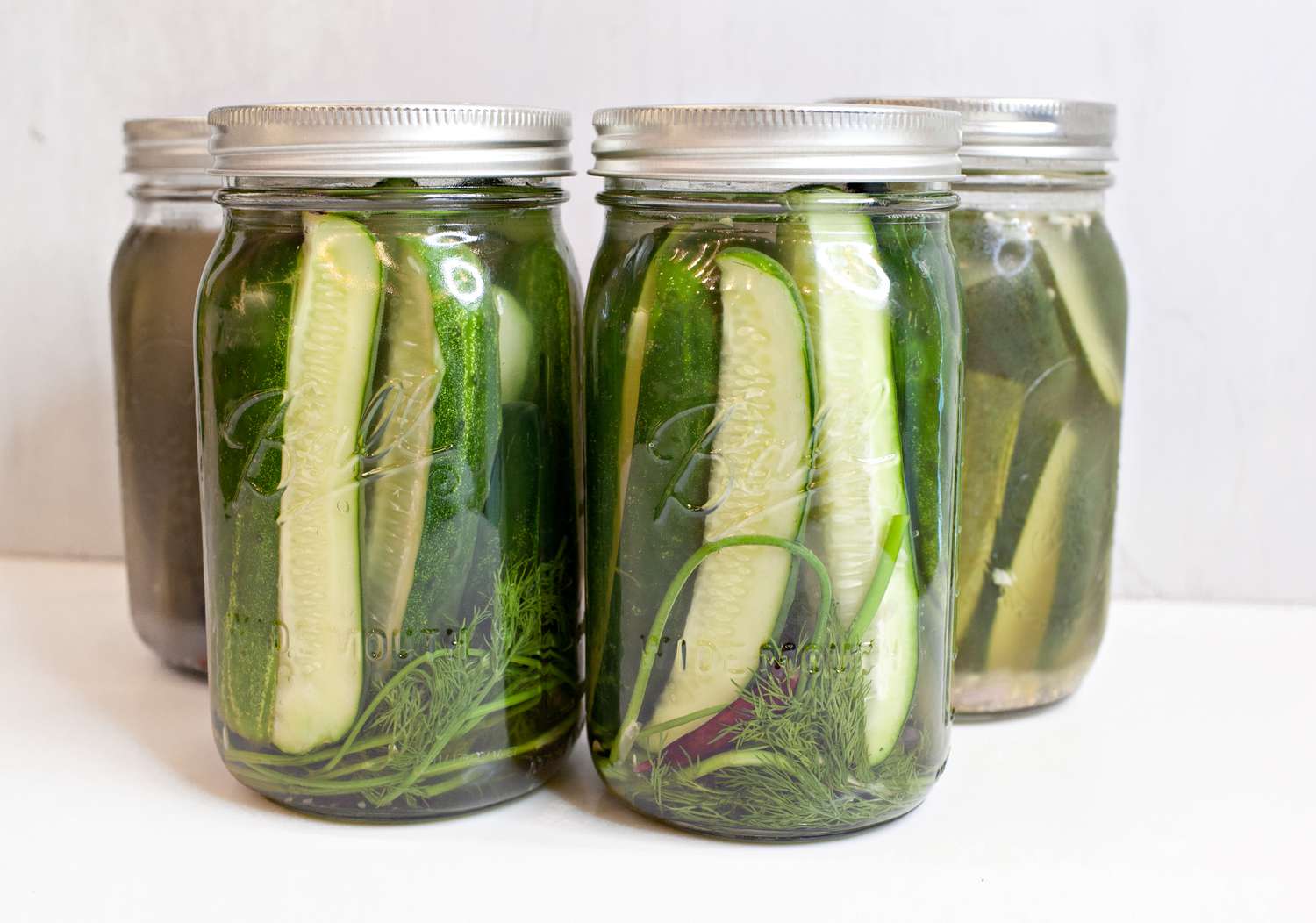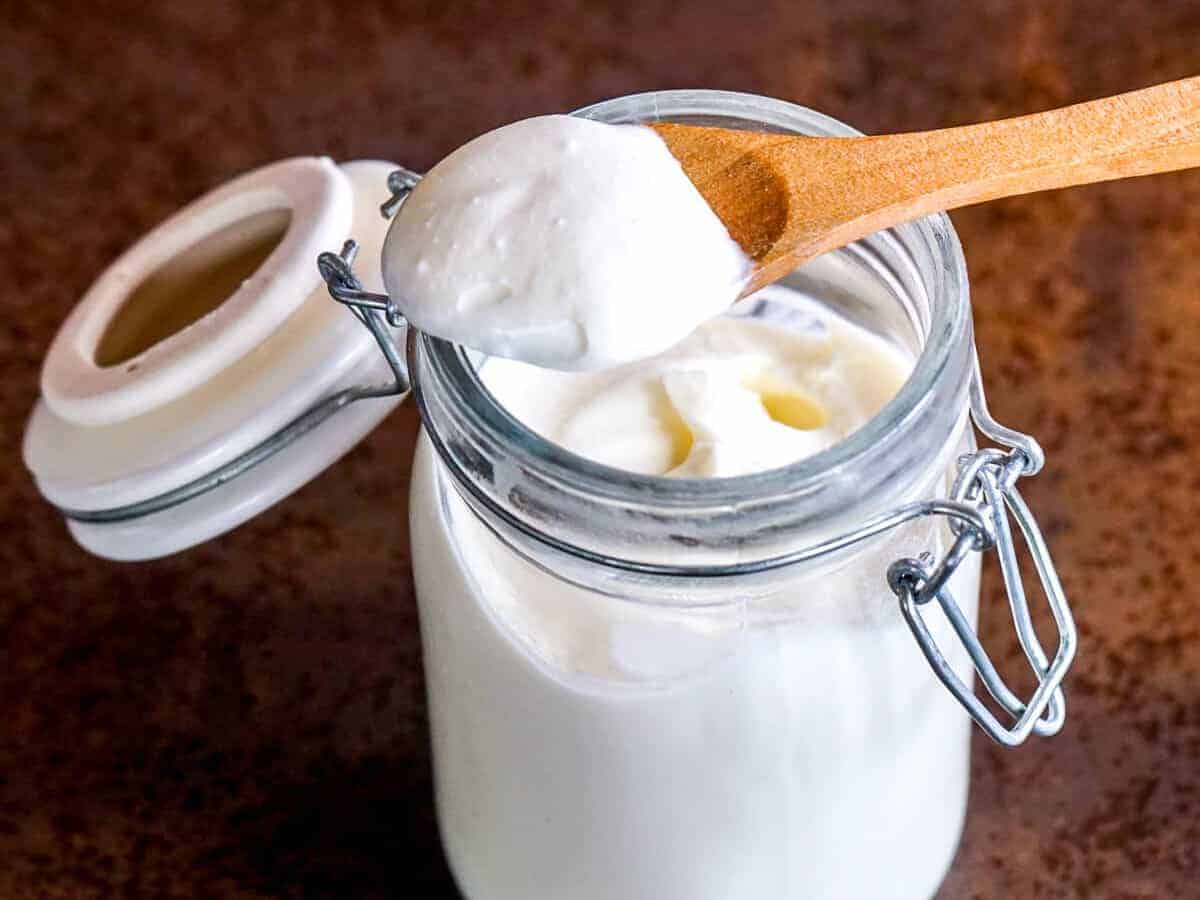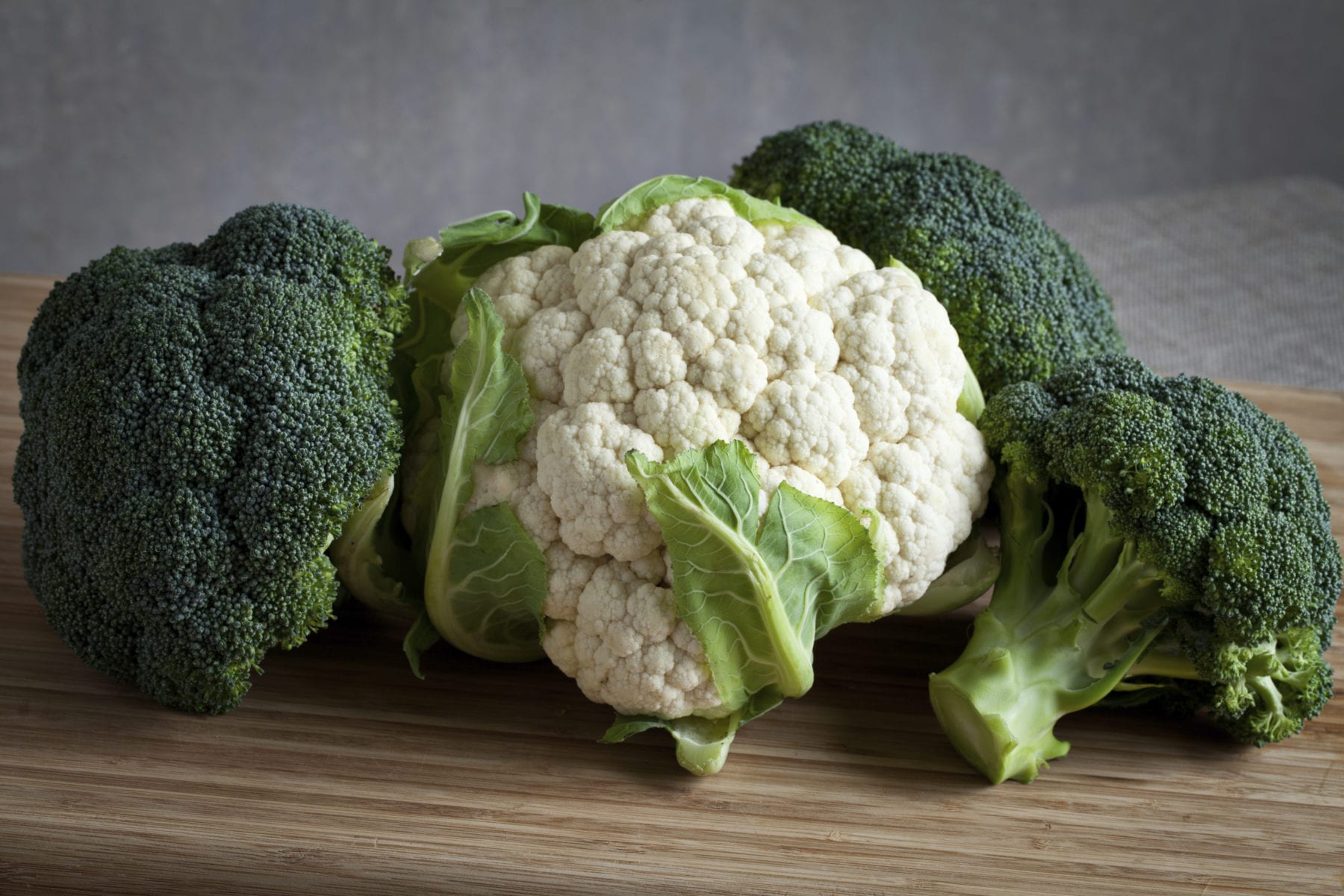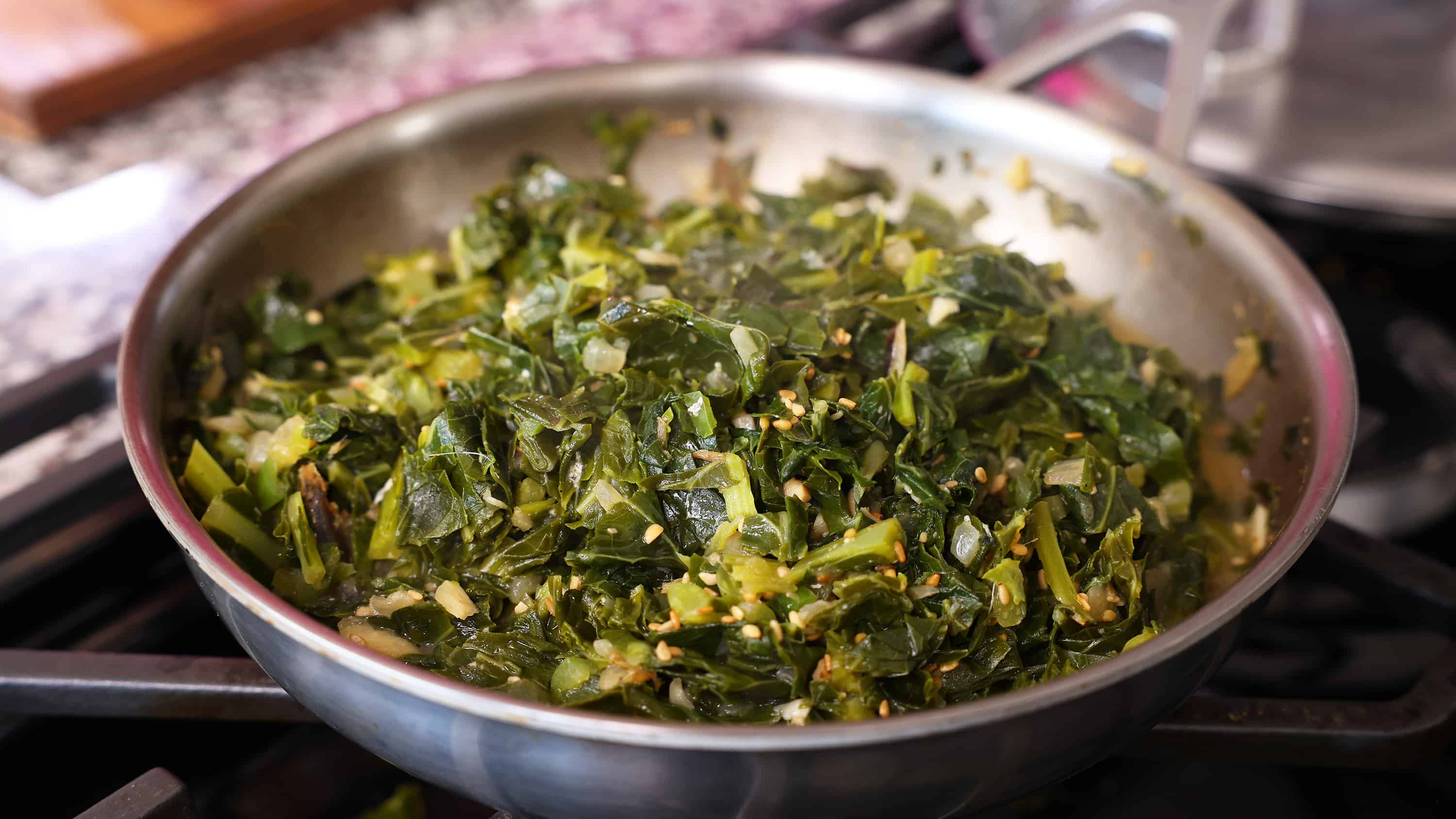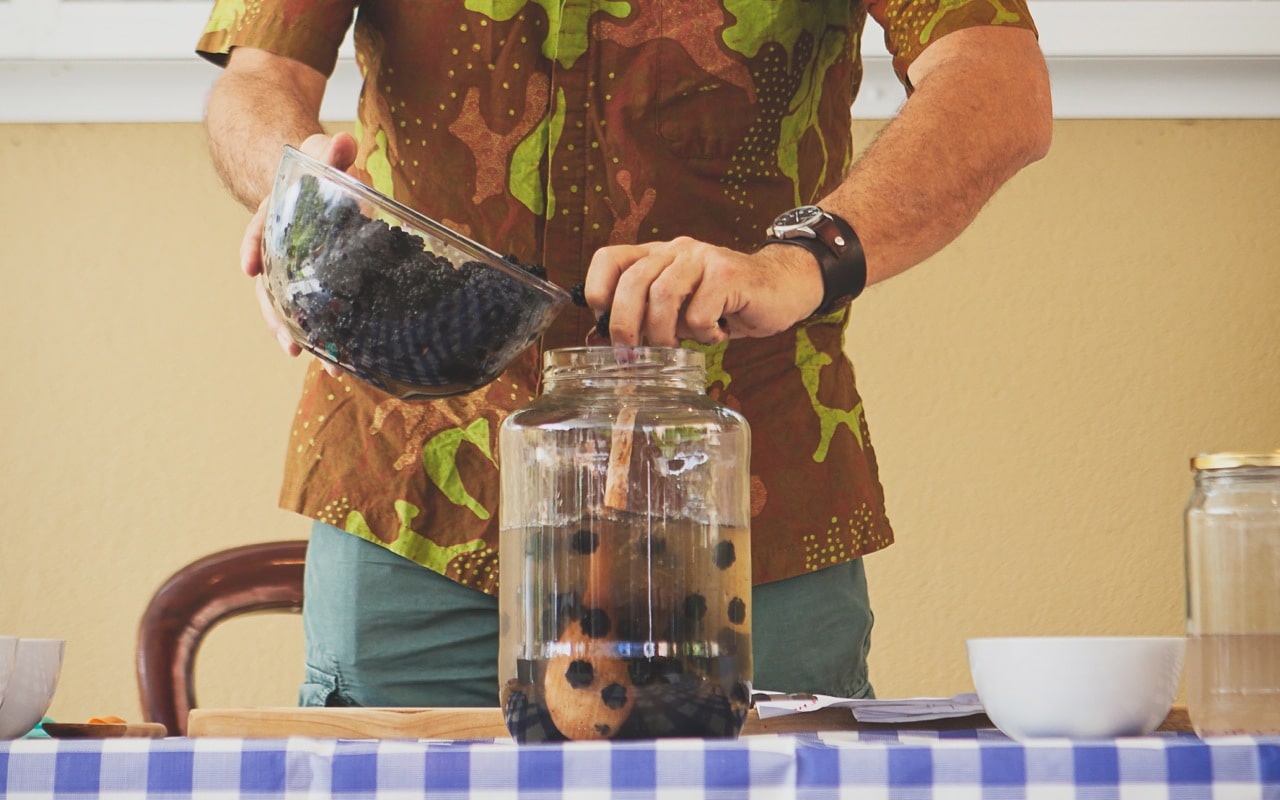Unlock the Power of Natural Fermentation for Your Porridge
Are you looking for a way to enhance the nutritional value and flavor of your morning porridge? Look no further than natural fermentation! This ancient preservation technique not only adds a delightful tang to your porridge but also boosts its nutritional content. Let’s dive into the world of natural fermentation and learn how to ferment porridge at home.
Understanding Natural Fermentation
Natural fermentation is a traditional method of food preservation that harnesses the power of beneficial bacteria and yeast. When applied to porridge, natural fermentation not only extends its shelf life but also enhances its digestibility and nutrient profile.
Steps to Ferment Porridge Naturally
Here’s a simple guide to fermenting porridge naturally in your own kitchen:
- Choose Your Grains: Start with high-quality whole grains such as oats, millet, or quinoa. These grains will serve as the base for your fermented porridge.
- Soak the Grains: Before fermenting, soak the grains in water for several hours. This process helps to break down antinutrients and make the grains more digestible.
- Add Your Starter: Introduce a small amount of a fermented food or beverage, such as yogurt, kefir, or kombucha, to the soaked grains. This will kickstart the fermentation process by introducing beneficial bacteria and yeast to the mixture.
- Allow Fermentation: Cover the porridge mixture with a clean cloth and let it sit at room temperature for 12-24 hours. During this time, the beneficial microorganisms will work their magic, transforming the porridge into a tangy, probiotic-rich delight.
- Enjoy Your Fermented Porridge: Once the porridge has reached your desired level of fermentation, it’s ready to be enjoyed. You can eat it as is or gently heat it on the stove to create a warm, comforting breakfast.
Benefits of Fermented Porridge
So, why go through the effort of fermenting your porridge? Here are some of the benefits:
- Improved Digestibility: The fermentation process helps to predigest the grains, making them easier for your body to absorb and utilize.
- Enhanced Nutritional Value: Fermentation increases the levels of certain vitamins and minerals in the porridge, making it even more nourishing.
- Probiotic Power: By introducing beneficial bacteria and yeast, fermented porridge becomes a source of probiotics, which are known to support gut health and overall well-being.
- Delicious Flavor: The tangy, slightly sour flavor of fermented porridge adds a new dimension to your breakfast routine, making it a true delight for your taste buds.
Experiment with Flavors and Toppings
Once you’ve mastered the art of fermenting porridge, feel free to get creative with flavors and toppings. Add a swirl of honey, a sprinkle of cinnamon, or a handful of fresh berries to customize your fermented porridge to your liking. The possibilities are endless!
Get Started with Fermented Porridge Today
Now that you understand the basics of natural fermentation and its benefits, it’s time to roll up your sleeves and give fermented porridge a try. With a little patience and experimentation, you’ll soon be savoring the unique flavors and nutritional perks of this ancient technique. Happy fermenting!
Was this page helpful?
Read Next: How To Ferment Cactus Fruits


